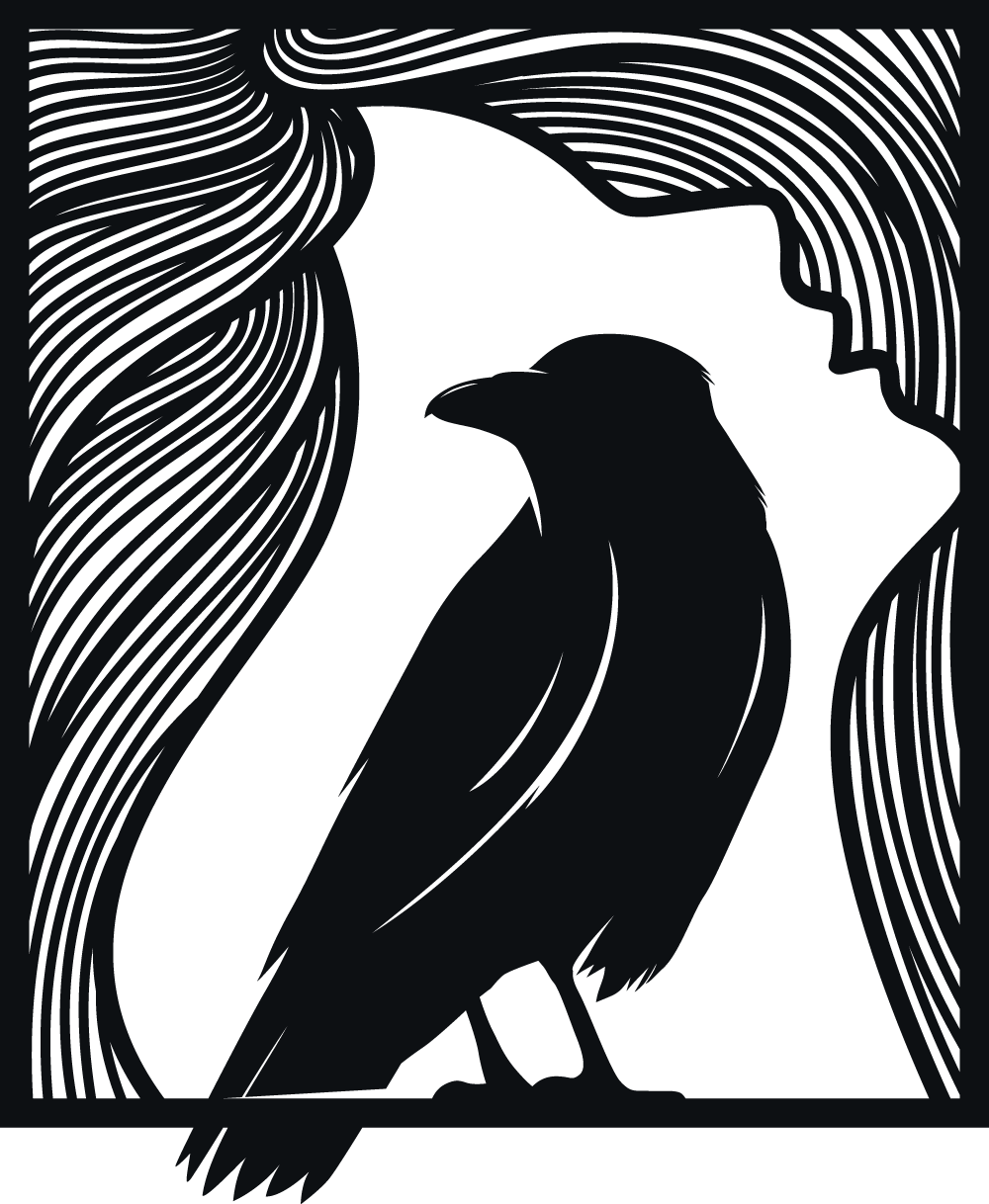
Ever wondered where the phrase "tying the knot" comes from? This common expression for getting married has its roots in the ancient Celtic practice of handfasting - a traditional ceremony where couples literally had their hands bound together with cords or ribbons.
Handfasting, once a common marriage ritual throughout Europe, served as both a betrothal and wedding ceremony. Couples would join hands, and their union would be symbolized by binding their hands together with cords, each color chosen for its specific meaning - red for passion, gold for prosperity, blue for fidelity, and white for purity.
The practice wasn't just symbolic - in times when clergy might visit remote communities only occasionally, a handfasting ceremony marked a couple's commitment. In Celtic tradition, these bindings could last for "a year and a day," after which the couple could choose to make their union permanent or part ways honorably.
This beautiful tradition has endured through the centuries and remains part of British royal ceremonies today. During Prince William and Kate Middleton's wedding, as well as Prince Harry and Meghan Markle's ceremony, their hands were symbolically bound together during the blessing - a touching reminder of Britain's ancient Celtic heritage. The inclusion of handfasting in royal weddings has helped preserve and popularize this ritual.
Today, handfasting has experienced a revival, not only in royal ceremonies, Pagan and Wiccan weddings, but also in modern secular weddings, where couples appreciate the beautiful symbolism of physically binding their lives together. The ritual powerfully represents two lives becoming intertwined, making "tying the knot" more than just a saying - it's a tangible representation of commitment and unity

